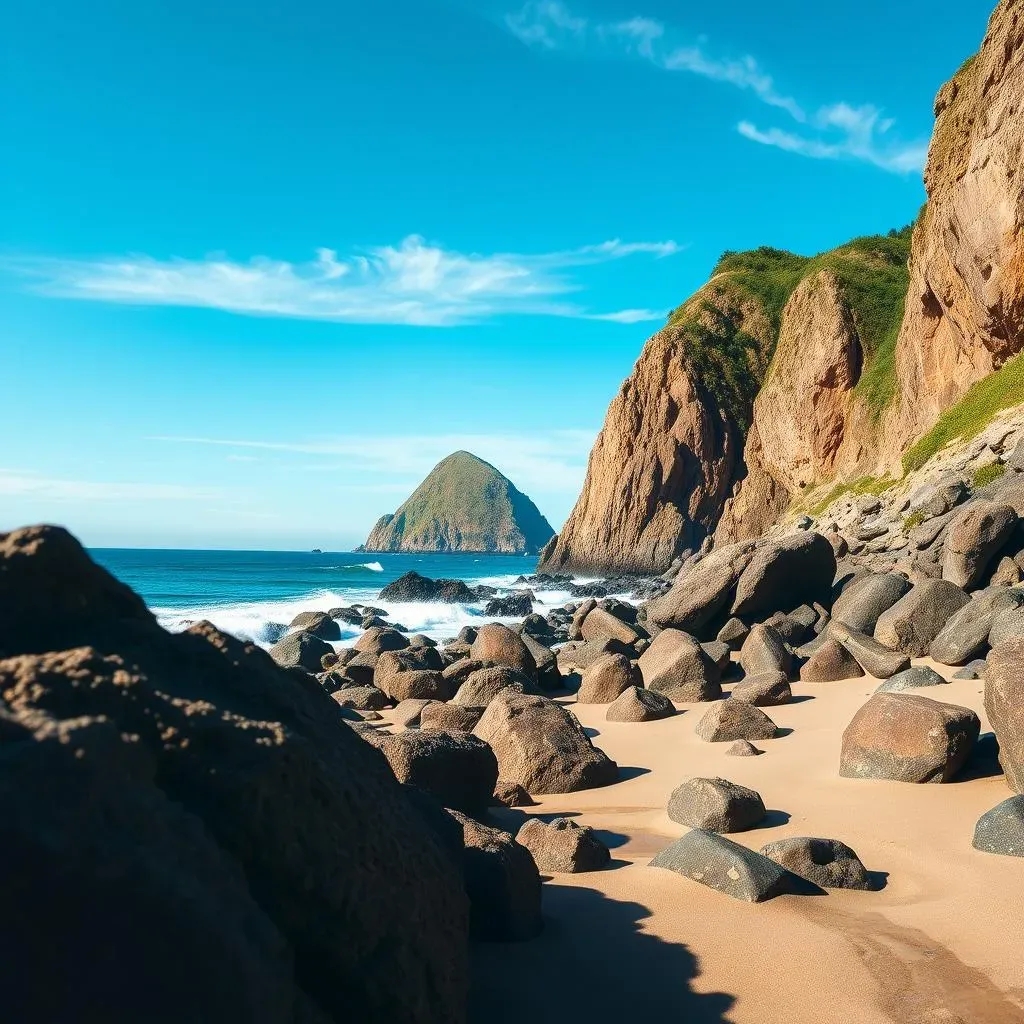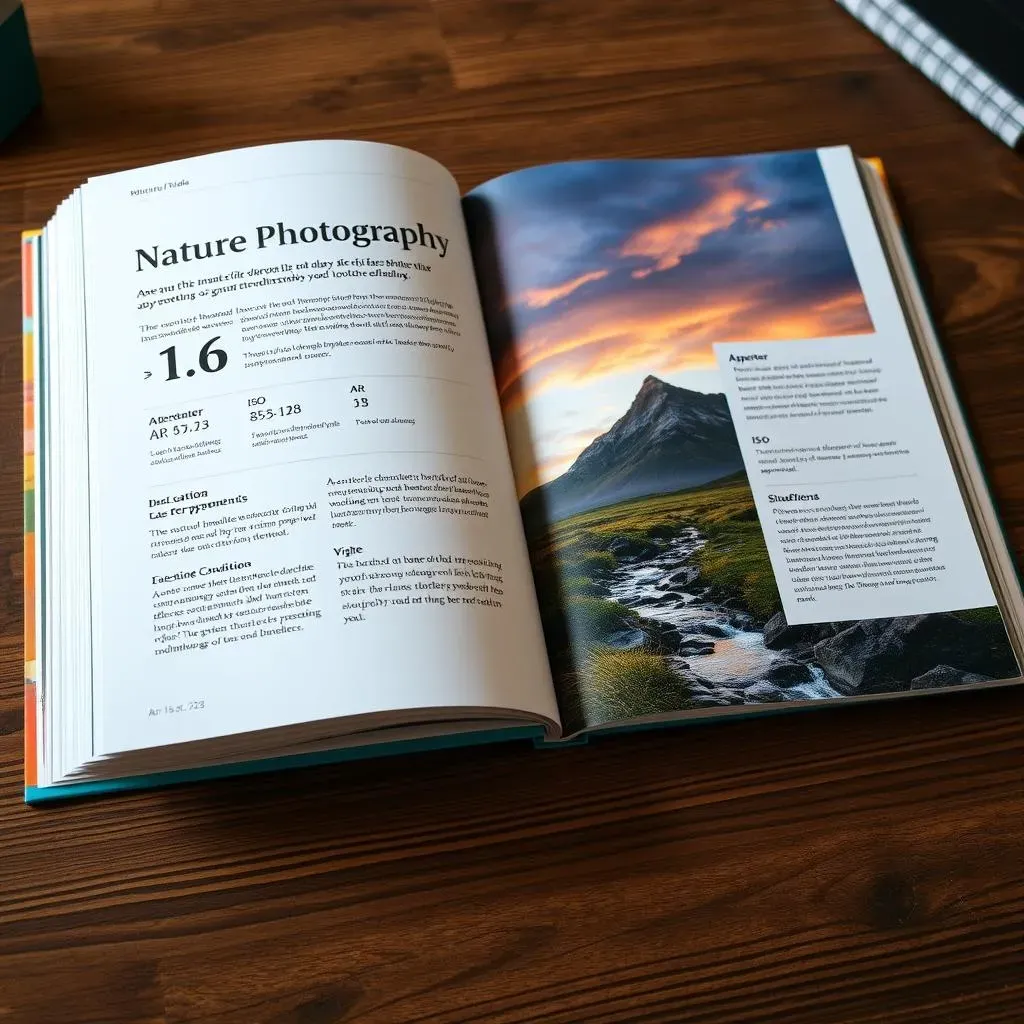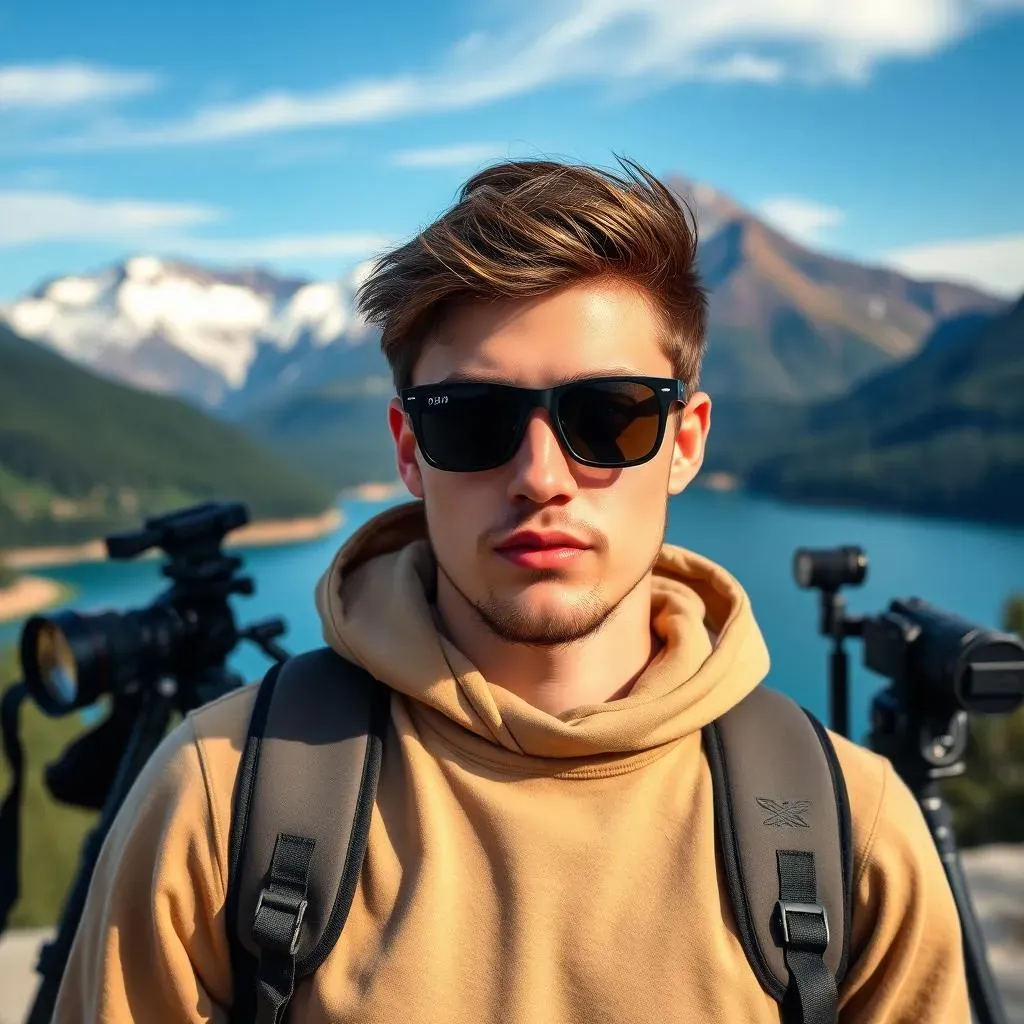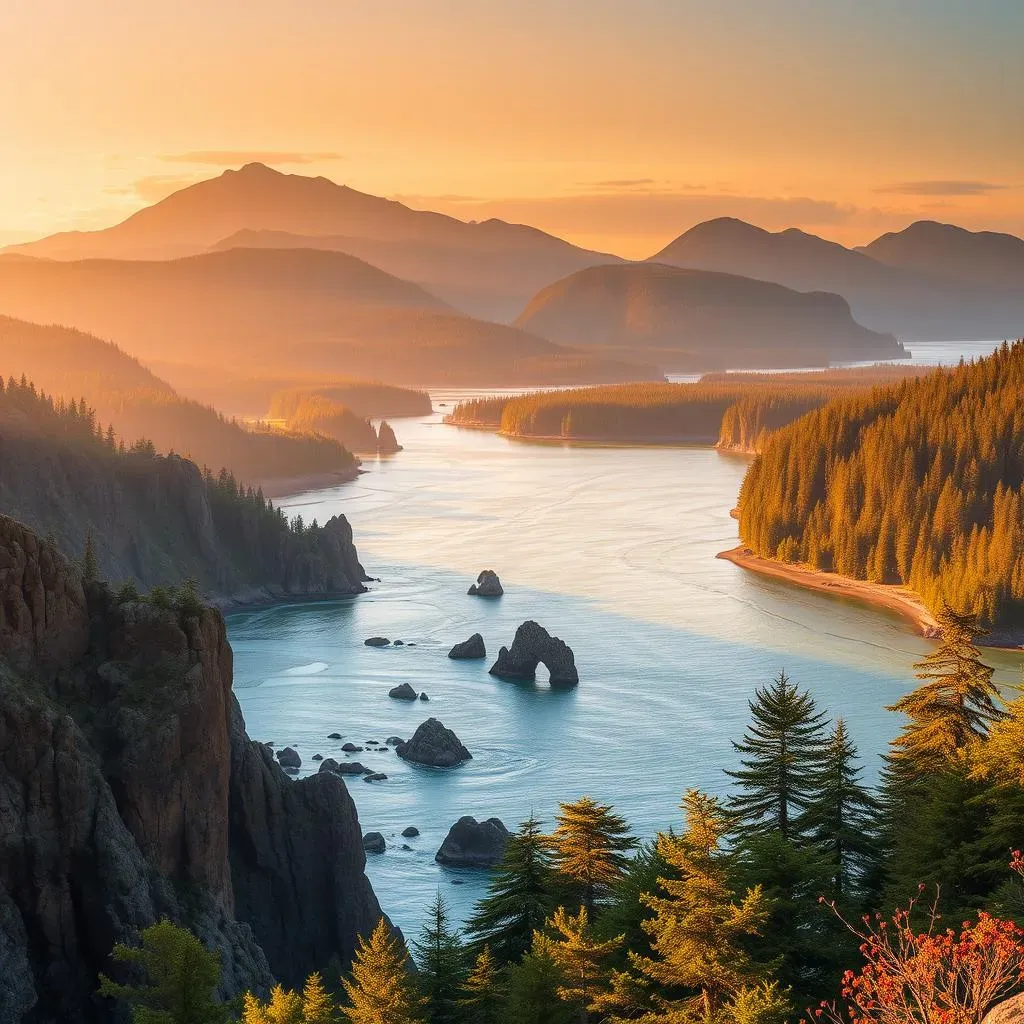Table of Contents
Are you ready to capture the breathtaking beauty of Oregon's natural landscapes? Nature photography day trips in Oregon offer a unique opportunity to explore the state's diverse environments and capture stunning images. From the rugged coastline to the majestic mountains, Oregon is a paradise for nature photographers. In this article, we'll guide you through the best locations for nature photography day trips in Oregon. We'll share tips and tricks for capturing stunning images, as well as essential gear and equipment to ensure you're prepared for your adventure. Whether you're a seasoned photographer or just starting out, this guide will help you make the most of your nature photography day trips in Oregon. So, grab your camera and let's dive into the world of nature photography in Oregon. With its diverse landscapes and abundant wildlife, Oregon is the perfect destination for capturing unforgettable images. Let's get started on this photography journey and make some unforgettable memories!
Best Locations for Nature Photography Day Trips in Oregon

Best Locations for Nature Photography Day Trips in Oregon
If you're looking for the best locations for nature photography day trips in Oregon, you're in the right place!
Oregon offers a diverse range of landscapes, from the rugged coastline to the majestic mountains, each providing unique opportunities for capturing stunning images. Here are some of the top locations to consider:
Top Nature Photography Spots in Oregon
- Cannon Beach, home to the iconic Haystack Rock
- Ecola State Park, with its breathtaking views of the coastline
- Columbia River Gorge, a nature photographer's paradise
- Crater Lake National Park, known for its deep blue waters and stunning vistas
These are just a few of the many amazing locations Oregon has to offer. No matter where you go, you're sure to find plenty of opportunities to capture the state's natural beauty through your lens.
Additional Tips for Planning Your Nature Photography Day Trips
Before you set out on your nature photography adventure, be sure to check the weather forecast and plan accordingly. Oregon's weather can be unpredictable, so it's always a good idea to be prepared for changing conditions.
Also, consider visiting some of Oregon's best hiking trails for even more opportunities to capture stunning nature photography.
Tips and Tricks for Capturing Stunning Nature Photography

Tips and Tricks for Capturing Stunning Nature Photography
Composition and Framing
When it comes to nature photography, composition and framing are key elements to consider. Look for leading lines, symmetry, and framing elements in your environment to create visually appealing images.
For example, use a stream or a hiking trail as a leading line to guide the viewer's eye to the main subject of your image. You can also use the branches of a tree or the frame of a bridge to create a natural frame around your subject.
Composition Techniques | Definition | Example |
|---|---|---|
Leading Lines | Lines in the environment that lead the viewer's eye to the main subject | A stream leading to a mountain range |
Symmetry | Identical elements on either side of a central point | A reflection in a lake |
Framing | Elements in the environment that create a frame around the main subject | A tree branch framing a waterfall |
- Experiment with different angles and perspectives
- Pay attention to the lighting and shadows
- Use a tripod to stabilize your camera
Lighting and Exposure
Lighting and exposure are crucial elements in nature photography. The golden hour, just before sunrise and after sunset, is often considered the best time for capturing images with soft, warm light.
However, this doesn't mean you can't capture great images during other times of the day. Experiment with different lighting conditions and exposures to create unique and interesting images. For example, you can use backlight to create a silhouette effect or overexpose an image to create a dreamy, ethereal atmosphere.
Lighting Conditions | Definition | Example |
|---|---|---|
Golden Hour | The time just before sunrise and after sunset when the light is soft and warm | A sunrise image with warm, golden light |
Backlight | Light coming from behind the subject | A silhouette of a tree against a sunset |
Overexposure | Exposing an image to more light than necessary to create a bright, dreamy effect | A landscape image with a bright, ethereal atmosphere |
- Shoot in RAW format to capture more image data
- Use the histogram to check your exposure
- Bracket your shots for more flexibility in post-processing
Post-Processing and Editing
Post-processing and editing are essential steps in the nature photography workflow. With the right software and techniques, you can enhance your images and bring out their full potential.
Start by adjusting the basic settings such as exposure, contrast, and color balance. Then, use local adjustments to enhance specific areas of the image, such as the sky or the foreground. Finally, use noise reduction and sharpening tools to create a clean and crisp final image.
Essential Gear and Equipment for Nature Photography Day Trips

Essential Gear and Equipment for Nature Photography Day Trips
Camera and Lenses
When it comes to nature photography, the right camera and lenses can make all the difference. A good starting point is a DSLR or mirrorless camera with interchangeable lenses. For landscape and wildlife photography, a wide-angle lens (between 10-24mm) and a telephoto lens (between 70-200mm) are essential.
Additionally, consider investing in a macro lens for capturing close-up shots of flowers, insects, and other small details. A polarizing filter can also help reduce glare and enhance colors in your images.
Camera and Lens Recommendations | Features | Price Range |
|---|---|---|
Nikon D850 | Full-frame sensor, 45.7MP resolution, weather-sealing | $3,000-$4,000 |
Canon EOS 5D Mark IV | Full-frame sensor, 30.4MP resolution, weather-sealing | $3,000-$4,000 |
Sony Alpha a7R III | Full-frame sensor, 42.4MP resolution, weather-sealing | $3,000-$4,000 |
- Look for weather-sealing and durability in your camera and lenses
- Invest in a good tripod for stability and sharp images
- Consider a camera with built-in GPS for geotagging your images
Additional Accessories
In addition to your camera and lenses, there are several other accessories that can enhance your nature photography experience. A sturdy tripod is essential for stabilizing your camera and capturing sharp images, especially in low-light conditions.
A remote shutter release or camera timer can also help reduce camera shake and ensure sharp images. A portable camera bag can protect your gear during transport, while a lens cleaning kit can keep your lenses clean and free of smudges.
Accessory Recommendations | Features | Price Range |
|---|---|---|
Gitzo GT3543LS Systematic Series 3 | Carbon fiber legs, adjustable height, ballhead | $500-$700 |
Really Right Stuff BH-55 | Ballhead, adjustable tension, quick-release plate | $200-$300 |
Think Tank Photo Airport Essentials | Backpack-style bag, weather-sealing, multiple compartments | $200-$300 |
- Invest in a good quality tripod for stability and sharp images
- Consider a remote shutter release or camera timer for reduced camera shake
- Keep your lenses clean and free of smudges with a lens cleaning kit
